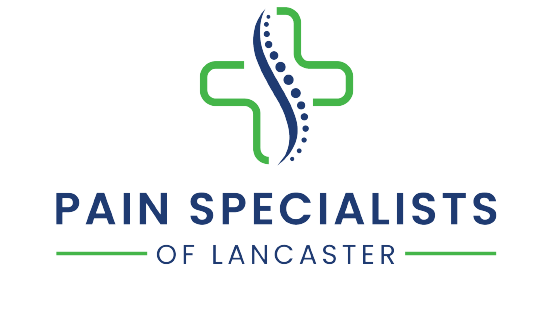
W E L L N E S S 1 0 1 // G U I D E S
Ketamine Therapy New for Lancaster County
Author: David Simons (D.O.)

Ketamine is a nonaddictive medication that has been utilized for over 50 years by physicians as an anesthetic medication. Ketamine continues to be ad- ministered routinely today by anesthesiologists in order to control pain both during and after surgery. This medication is now being used as a nontra- ditional therapy for depression, anxiety, PTSD (posttraumatic stress disorder), and chronic pain conditions. Ketamine is a N-methyl-D-aspartate (NDMA) receptor antagonist. The effects of ketamine enhance neuro plasticity within the central nervous system and work differently from traditional medications.
Esketamine (Spravato) is a nasal spray developed by Janssen Pharmaceuticals and was given “breakthrough therapy designation” for treatment-resistant depression by the Food and Drug Administration (FDA) in 2016. Although ketamine may be administered through a nasal spray, the most effective and reliable administration is through an intravenous infusion. This is accomplished by the insertion of an intravenous catheter with local anesthesia and is relatively painless. Anesthesiologists and pain-management physicians are uniquely qualified to safely administer ketamine and monitor the patient.
Side effects of treatment may include increased blood pressure, increased heart rate, dizziness, headaches, nausea, and hallucinations. Research demonstrated improvement in 85–90 percent of patients who are treated with ketamine. The intravenous ketamine therapy is administered over one hour. During that treatment, any side effects are treated with rapidly acting intravenous medication. Patients are monitored continuously with blood pressure, heart rate, and oxygen (pulse oximeter) technology. Discharge from the office is typically 30 minutes after the discontinuation of the infusion. A responsible adult must be available to transport the patient home. The patient must also be monitored by a responsible adult following the treatment for 24 hours.
Every patient responds to this therapy in a unique way. Many patients will express relief of symptoms for weeks to months of the initial therapy, and symptom improvement may be realized in as little as 24 hours after the first dose. Treatment may include 3–6 infusions over a period of one to three months. A pretreatment consultation and medical evaluation is required to determine if the patient will qualify for ketamine therapy.
Intravenous ketamine therapy is currently being utilized all over the United States with excellent results in well-selected patients. This method of administration continues to be considered “off label,” and increased research is necessary to better define the role of this treatment option. The therapy is considered a “livesaver” by individuals suffering with chronic pain and depression who have exhausted all other treatment options.


